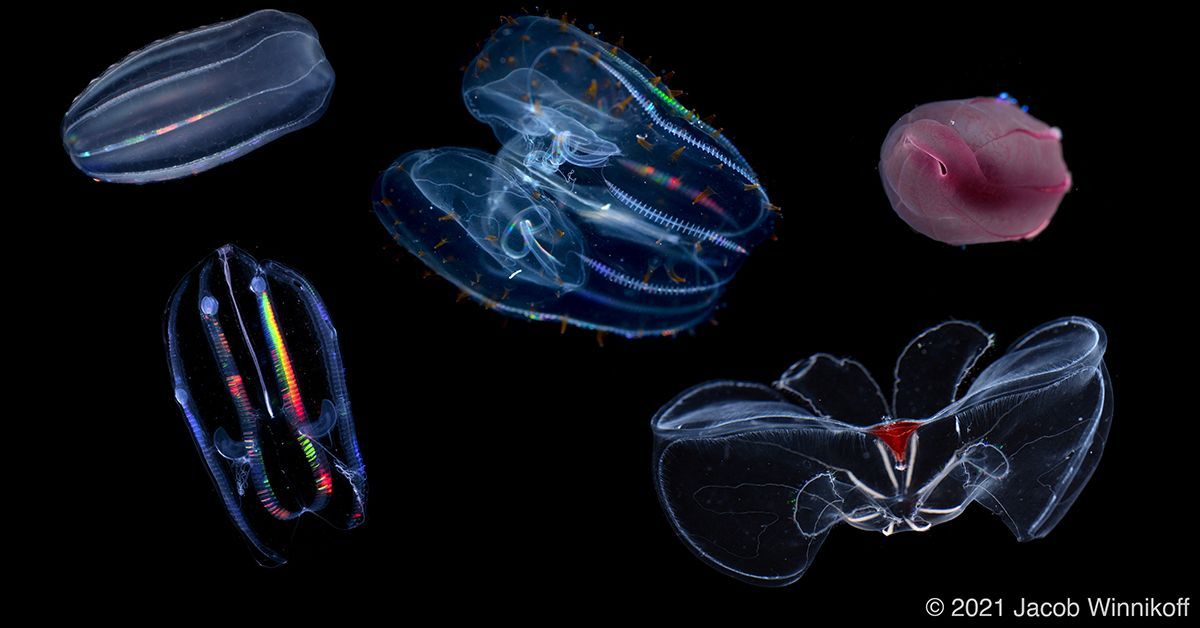Under Pressure: How Comb Jellies Have Adapted to Life at the Bottom of the Ocean
Research shows deep sea organisms have unique lipid structures to help them survive
Story by:
Published Date
Article Content
The bottom of the ocean is not hospitable: there is no light, the temperature is freezing cold, and the pressure of all the water above will literally crush you. The animals that live at this depth have developed biophysical adaptations that allow them to survive in these harsh conditions. What are these adaptations and how did they develop?
University of California San Diego
Adapting to the environment
First things first: although comb jellies look like jellyfish, they are not closely related. Comb jellies comprise the phylum Ctenophora (pronounced tee-no-for-a). They are predators that can
Cell membranes
Budin had been studying homeoviscous adaptation in
Complex organisms have different types of lipids. Humans have thousands of them: the heart has different ones than the lungs, which are different from those in the skin, and so on. They have different shapes too: some are cylindrical and some are shaped like cones.
To answer whether ctenophores adapted to cold and to pressure through the same mechanism, the team needed to control the temperature variable. Jacob Winnikoff, the study’s lead author who worked

“It turns out that ctenophores have developed unique lipid structures to compensate for the intense pressure that
The researchers call this adaptation
The
“One of the reasons we chose to study ctenophores is because their lipid metabolism is similar to humans,” stated Budin. “And while I wasn’t surprised to find plasmalogens, I was shocked to see that they make up as much as three-quarters of a deep-sea ctenophore’s lipid count.”
To further test this discovery, the team went back to E. coli, conducting two experiments in high-pressure chambers: one with unaltered bacteria and a second with bacteria that had been bioengineered to synthesize plasmalogens.
The study was conducted over the course of several years and with collaborators across multiple institutions and disciplines. At UC San Diego, in addition to Budin, whose group conducted the biophysics and microbiology experiments, Distinguished Professor of Chemistry and Biochemistry Edward Dennis’s lab conducted lipid analysis
Budin, who is interested in studying how cells regulate lipid production, hopes this discovery will lead to further investigations into the role plasmalogens play in brain health and disease.
“I think the research shows that plasmalogens have really unique biophysical properties,” he said. “So now the question is, how are those properties important for the function of our own cells? I think that’s one takeaway message.”
Full list of authors: Daniel Milshteyn, Edward
This research was supported through grants by
Share This:
You May Also Like
UC San Diego is Strengthening U.S. Semiconductor Innovation and Workforce Development
Technology & EngineeringStay in the Know
Keep up with all the latest from UC San Diego. Subscribe to the newsletter today.




